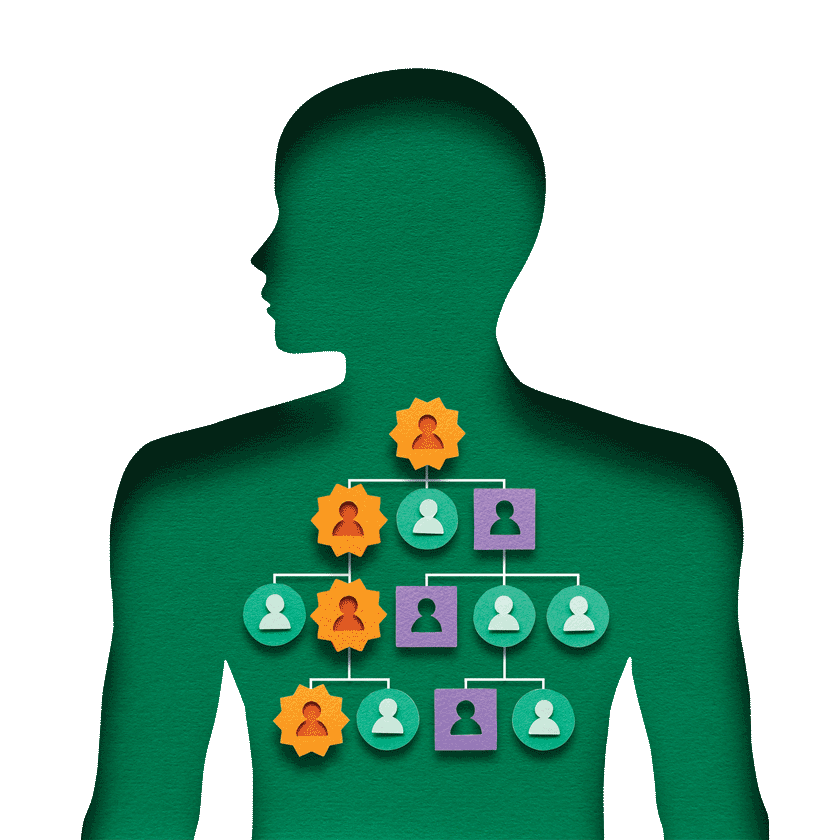Chemotherapy-Radiation Combination for Pancreatic Cancer in the Liver

Can a combination of precision radiation therapy and standard chemotherapy be an effective treatment for pancreatic cancer that has spread to the liver, in patients with specific mutations?
Precision medicine is no longer limited to targeted drug therapy; it has also been adopted in radiation therapy. In the past, radiation beams only matched the height and width of the tumor causing significant damage to the surround tissue. Advances in imaging technology have made it possible to locate and treat the tumor more precisely, sparing healthy tissue from radiation exposure.
For carriers of a genetic mutation that makes it harder for tumor cells to repair DNA breaks, researchers are looking at whether the combination of precision radiation and chemotherapy can help patients whose pancreatic cancer has metastasized to the liver.
What Is Conformal Radiation Therapy?
Conformal radiation therapy (CRT) shapes the radiation beams to closely fit the area of the cancer with three-dimensional accuracy. This exact targeting makes it possible to use higher levels of radiation in treatment, in hopes that it will be more effective in shrinking and killing tumors while minimizing damage to nearby tissues.
Understanding Homologous Recombination Deficiency
Cells with homologous recombination deficiency (HRD) are less able to repair double strand breaks in DNA and hence more vulnerable to DNA damaging treatments, such as chemotherapy and radiation therapy. HRD may result from alterations in genes that play a critical role in certain DNA repair mechanisms, including the BRCA genes.
Participating in the Study
In this phase I study, researchers are seeking to find the highest safe and effective dose of conformal radiation therapy that can be administered to the liver when combined with chemotherapy. Higher doses of CRT will be delivered to the areas of the liver where tumors can be seen, and a lower dose to the entire liver.
In order to take part in the study, participants need to have a confirmed mutation in one of the core HRD genes including BRCA1, BRCA2 or PALB2 genes. Alterations in one of the non-core 14 HR-gene alterations (ATM, BAP1, BARD1, BLM, BRIP1, CHEK2, FAM175A, FANCA, FANCC, NBN, RAD50, RAD51, RAD51C, and RTEL1) are allowed in the expansion cohort. Participants will receive cisplatin and gemcitabine before and after they receive CRT and only cisplatin during the two weeks when they receive CRT. When the radiation therapy is finished, they will return to the bi-weekly gemcitabine and cisplatin combination therapy until disease progression.
Researchers will assess patient responses to escalating doses of RT. The study will also look at blood samples from participants to learn why some people may respond to study treatment better than others.
We encourage you to consult your physicians for clinical trials that may be right for you. The website ClinicalTrials.gov provides more details about this trial as well as many others. You can visit the Let’s Win Trial Finder for a list of all active pancreatic cancer clinical trials.





